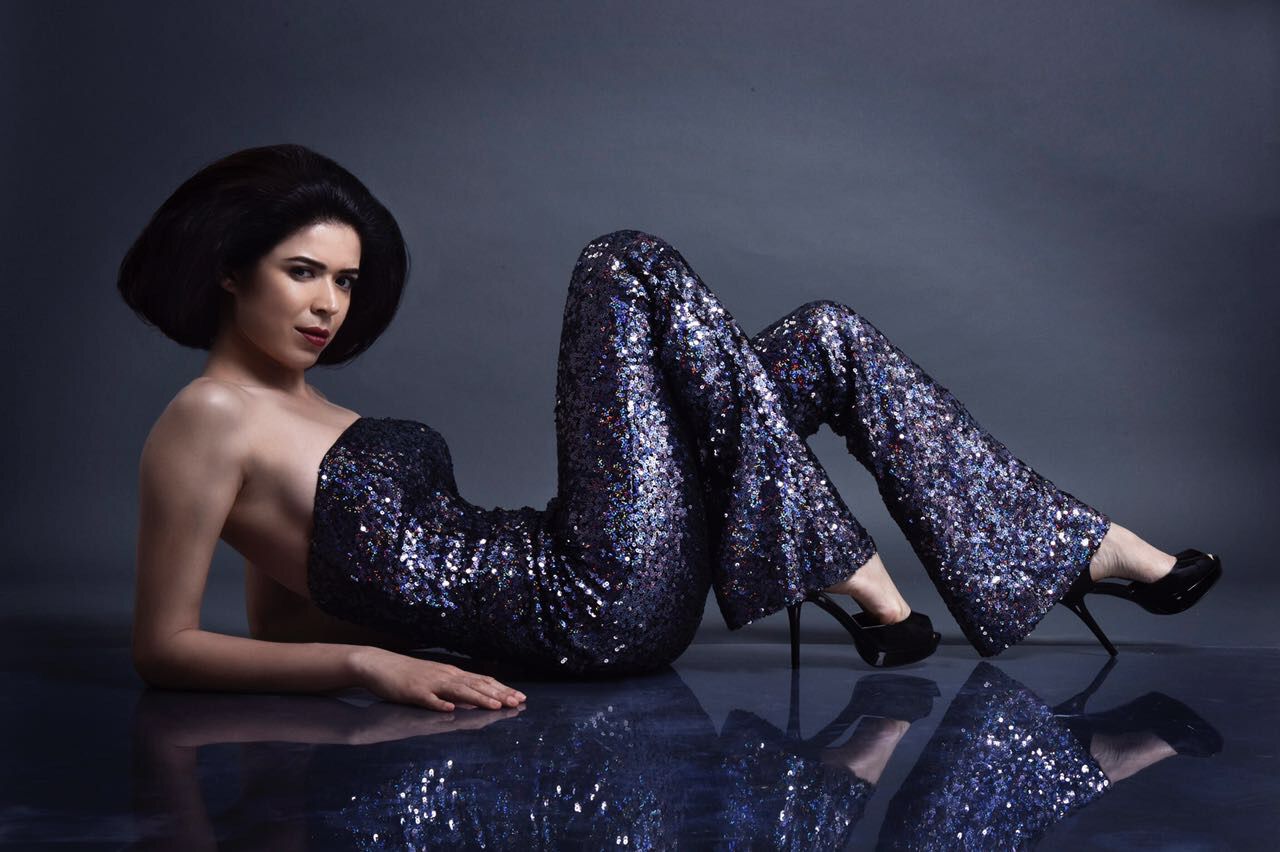The fashion world is facing an overdose of “sustainability” and “inclusivity” – both highly significant yet regrettably misused terms that you just can’t escape from. And, when acceptance for all is the norm, the runway is bound to get messy and chaotic. While the social media generation is thrilled to see variations and inclusiveness on the ramp, those who have worked hard to be professional models for years are unhappy with this preferential treatment. As if celebrities weren’t enough to share the spotlight with, here come the influencers who are stealing deals right under the nose of full-time models. How do models perceive this change of mix? We find out.
Cut-throat competition:
The runway was already competitive with Bollywood actors, cricketers, and socialites replacing models, and now there’s no filter as the spotlight shines on anyone who looks different. Supermodel Amit Ranjan, founder of A R Productions and mentor to newcomers in the industry, recalls the start of his career 15 years ago. He says, “When I started my professional career there were certain parameters to become a model – in fact, designers still follow those standard sizes and mannequin measurements to make runway collections. With the concept of inclusivity, those lines have blurred; the baggage of being tall, having washboard abs, and looking good is taken away and now anyone can be a model. Earlier being a model was aspirational among the masses and everyone wanted to look fit like them, now the trend is to go for relatable faces so the face recollection of a runway model is getting lesser and lesser.”
Different rules apply:
In the TV and ad world too, most work is going to celebrities and the rest is being lapped up by influencers. In the past 10 years, the opportunities for full-time models have reduced drastically, believes popular runway model Sucheta Sharma James. She says, “It’s difficult to make a mark for a model these days. For a model, the rules are too strict – we cannot our looks, put on weight or cut hair, the hair colour too should be standard brown or black – all rules imply. But then walks a person who is beyond these restrictions, and gets a prime spot. I don’t think designers in India have accepted inclusivity completely, instead they take one plus-size model just to fill in the criteria. If they truly believe in this concept, they should have full versatility in the line-up.”
Runways are not about who is on the ramp but what’s on the ramp. It’s about showcasing a garment in the best possible way and everyone who is not a professional runway model when walks only break the rhythm of a good show, feels Sucheta. With a “No offense intended” disclaimer she adds, “Designers are artists and business people, and no one should interfere in their creative process. They should be free to choose what’s best for their business. They have to understand the mass audience never buys expensive clothes so they don’t have to bow down to the social pressure of using an influencer on the runway.”
Inspired by the West:
A professional model has to be neutral; they are hired to project a designer’s vision in the best possible manner. It takes years of training and grooming to become a professional model which cannot be replaced by a gender-specific or body positive influencer overnight, believes model Lavitesh Veer Singh, who recently shot for Armani’s ad campaign in Paris. He says, “As a professional model I can only say that it’s good to give opportunities to influencers but how will designers feel if their market is taken away by window shopping? Our earnings are affected because many influencers work for free just to get pictures on the ramp or they do it for less amount. It’s okay to have a special appearance at the show from influencers if a designer wants to create awareness around a particular subject, but sending them with a mix of professional models is unfair. Anyone who goes to buy a designer outfit is not looking for social messages, so the idea of inclusiveness is mostly to impress the press and get publicity.”
A long haul for models:
In the 90s, the Western fashion scene was ruled by supermodels like Kate Moss, Claudia Schiffer, Christy Turlington, Naomi Campbell, Marcus Schenkenberg, David Gandy, and names that are still idolised for their unforgettable runway presence, face value, and the hard work they would put in to look picture perfect. The current generation is more liberal, and there is a change in mindset with a diversity of colour, body type, and age group. There’s a good chance that with the inclusion and diversity campaigns, the average career span will see a spike and more brands will be open to hiring older and experienced models, opines model Hasleen Kaur, who is modeling for the past decade.
She shares her two cents on the subject, and says, “I am all for any industry expanding and getting bigger and better. It’s always good to see new talent getting work; however, now there’s unnecessary stress on someone who has X number of followers, because that shouldn’t be the pre-requisite for being a model. If the number of followers is the criteria for anyone to get hired for a job, then Instagrammers can also be doctors or engineers. Over the years, models hone their talent and work very hard on their looks, expressions before the camera, and physical appearance, so that shouldn’t be negated.”


